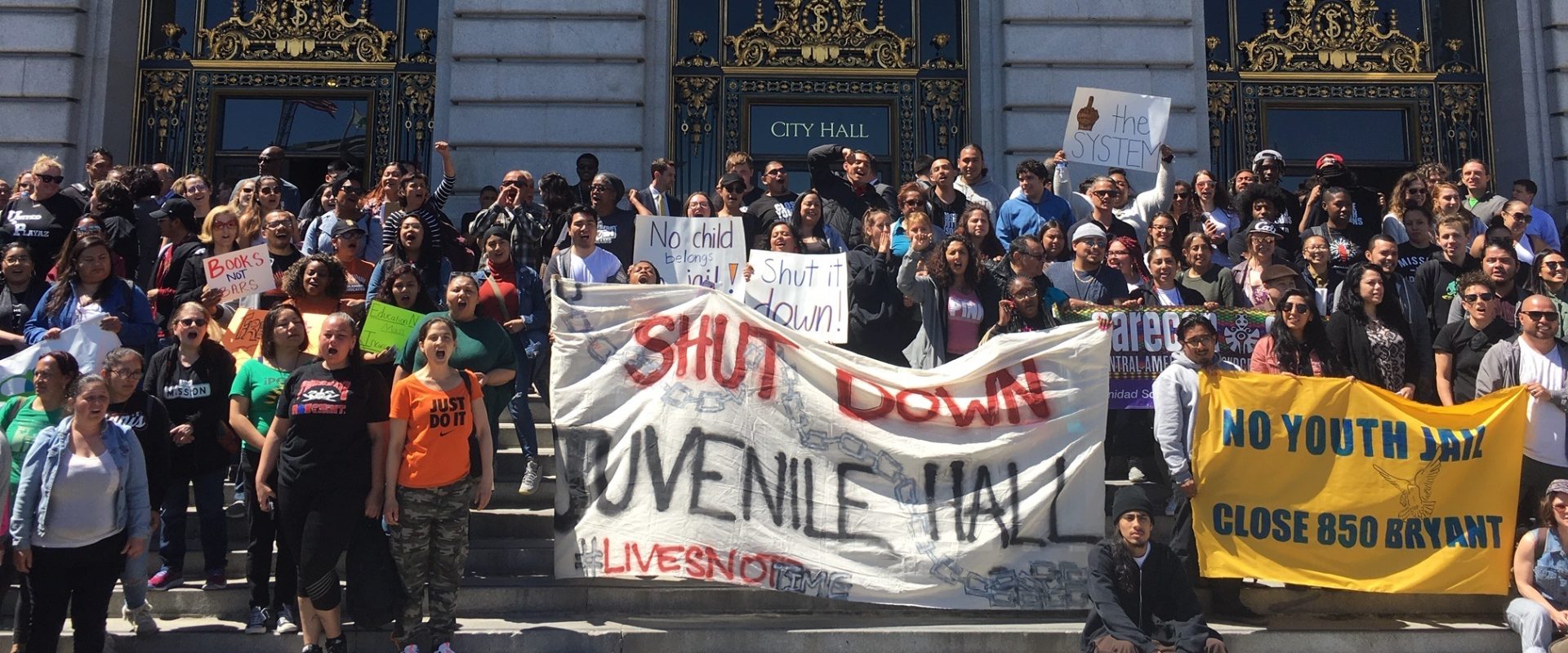Blog Mar 19, 2013
Commercial bail vs. Pretrial services
As you walk down Bryant Street in San Francisco, there are many neon-lit signs advertising for available bail services increasing as you move closer to the Hall of Justice. San Francisco is the birthplace of the bail industry, but in recent years, the county has begun to explore pretrial services that are not driven by commercial enterprise.
Blog Mar 14, 2013
Against violence and against incarceration
Anti-violence activists, who often demand harsher penalties for offenders, tend to work in opposition to those fighting overuse of incarceration, who call for the opposite. This antagonism leaves women of color on the sidelines, as they are disproportionately impacted by both gender-based violence and the criminal justice system.
California counties have increasingly served as incubators for model policy innovation. State policymakers must nurture this bottom-up reform to ensure a balanced approach that benefits our justice-involved youth and promotes public safety.
Blog Mar 7, 2013
Youth incarceration at 35-year low nationally
The Annie E. Casey Foundation released a new report this week highlighting a national 35-year low in youth incarceration with drops across almost every state. Despite this decline in youth crime, it is clear that state and local policies do not reflect an investment in achieving the goals of long-term public safety.
Blog Mar 5, 2013
Part IV: Trends in Girls’ Crime
This is the last of my four part blog series on girls and juvenile justice. Part I provided an overview of the most recent information, Part II discussed the prevalence of histories of sexual abuse among justice-involved girls, Part III dealt with runaways, and this blog will conclude with the most common offense committed by girls.
